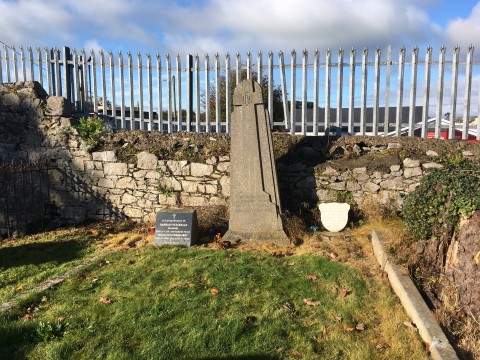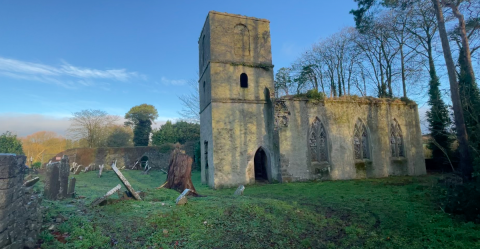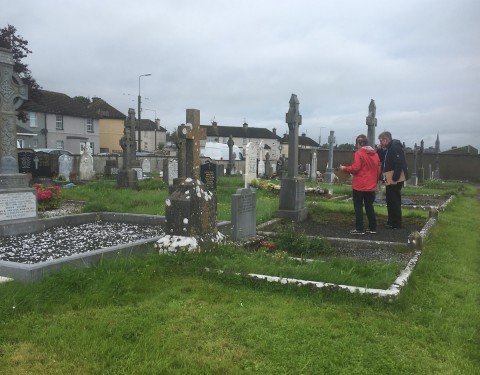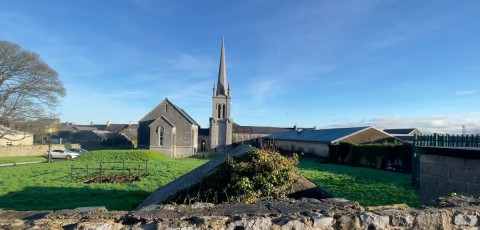This Church of Ireland Church and adjoining Graveyard are in the townland of Athlacca South and part of the Dromin/Athlacca parish, in the barony of Cosma. The church and graveyard are located in the village of Athlacca, south of the Morning Star river. This river flows into the Maigue River immediately west of the townland and west again is the N20 route Charleville to Limerick City. The graveyard can be located by heading east from the village of Bruree on the R518, taking the first road to the left.













